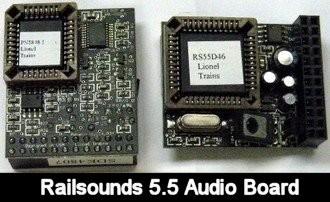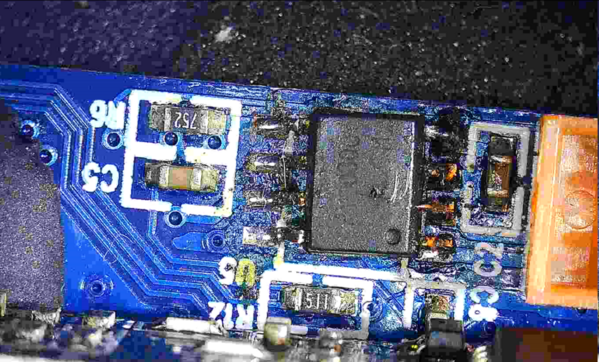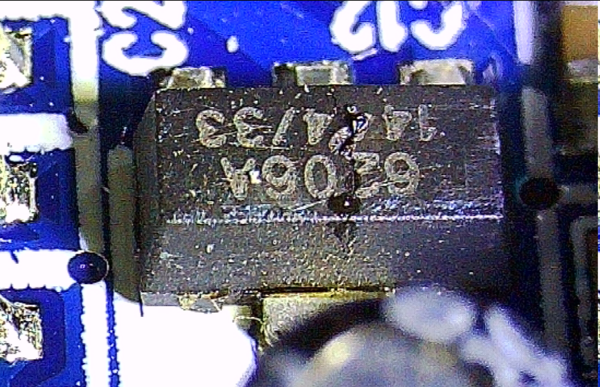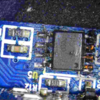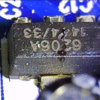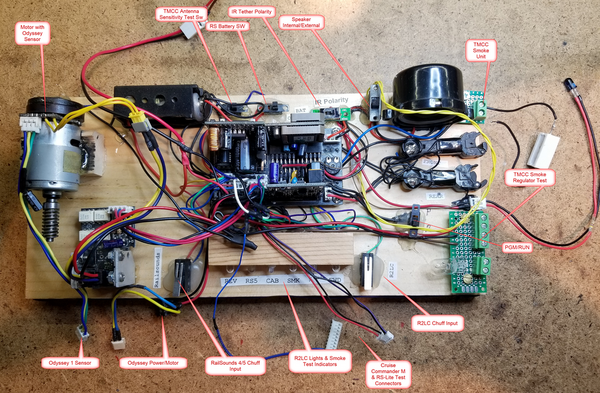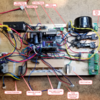My Lionel SD-70ACe Western Pacific UP Heritage has no sound. I have troubleshot some by swapping power supply and sounds boards between this and another one of my other SD-70ACes. The power supply board tested fine in the working loco. I found that there was an open in the wires to the speaker. Would that cause a subcomponent to fail on the Railsounds 5.5 board? The removable chips work when I swap them to a known working board.
